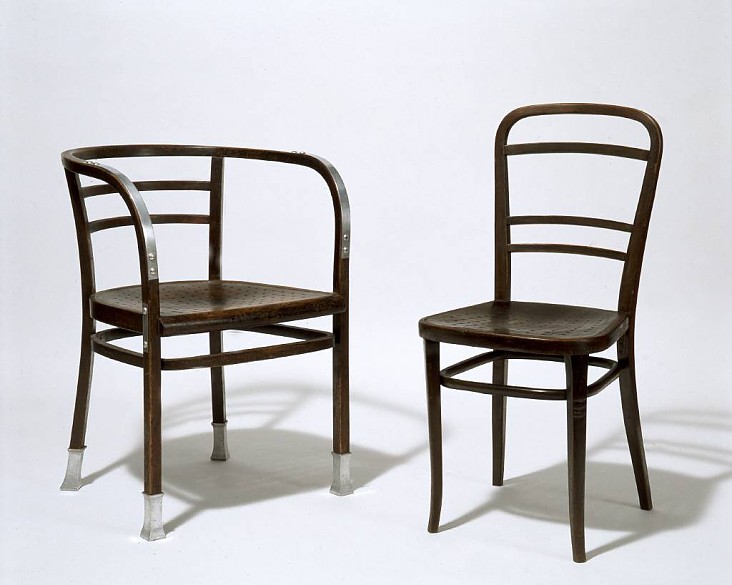.jpg)
The Deutscher Werkbund Movement, which translates into "the German workshop," was founded in Munich, Germany in 1892 by Herman Muthesius with the intent of having the highest quality design to the mass produced output. The style was equivalent to the Arts and Crafts movement except its critical difference was that it did not protest the use of machinery, but instead embraced it. It still was against the artistic establishment. There was a high level of collaboration between the design professional and the product manufacturers to improve the competitiveness of the German design. This movement set the stage for the international style and the Art Deco style.


The Vienna Secession was a realistic movement that began in Austria in 1898. It was a time where a mass amount of artists were removing themselves from the academic portrayal of design. These artists were protesting against Historicism but not embracing Art Nouveau. The Vienna group included designers such as Olbrich, Klimt, Wagner, Loos, Hoffmann, and Koloman Moser.

Joesph Olbrich was know for use of geometric forms and curvilinear artwork. He was also the designer of the Vienna Secession Building, which was a symbol of the "proto-modern movement." Also works of his included the Ernst Ludwig House.

Gustav Klimt had a strong belief that there should be a union between art and design. Most of his subject matter dealt with the subconscious and he used gold paints to add a dramatic effect to his pieces.


Otto Wagner, also apart of the Vienna Secession, was an architect that believed in staunch. He designed his furniture to go hand-in-hand with the surrounding architecture. He liked the designs of his interiors to be plan/clean with aluminum details. Some of his pieces like the Postal Savings Bank Armchair and Postal Savings Bank Stool had beechwood-stained woods to give a darker finish to them.

Adolf Loos had a more functional and austere style that was strongly influenced by the arts and crafts movement. His pieces were a lot more hand-made.

Koloman Moser was master at all trades. He designed furniture as well as textiles. He found a lot of his inspiration from Gustav.
Current Applications:



Peer Discussion:
I looked at Ali's blog and I really like her examples of the current applications. I think she really addresses each characteristic that is the Deutscher Werkbund Movement.
I also looked at Allison's blog and I like how she used mainly chairs for her examples to demonstrate the differences and similarities of the furniture that was constructed during this time period. I also really like the link that she attached of the Secession Building.
I looked at Ali's blog and I really like her examples of the current applications. I think she really addresses each characteristic that is the Deutscher Werkbund Movement.
I also looked at Allison's blog and I like how she used mainly chairs for her examples to demonstrate the differences and similarities of the furniture that was constructed during this time period. I also really like the link that she attached of the Secession Building.
No comments:
Post a Comment